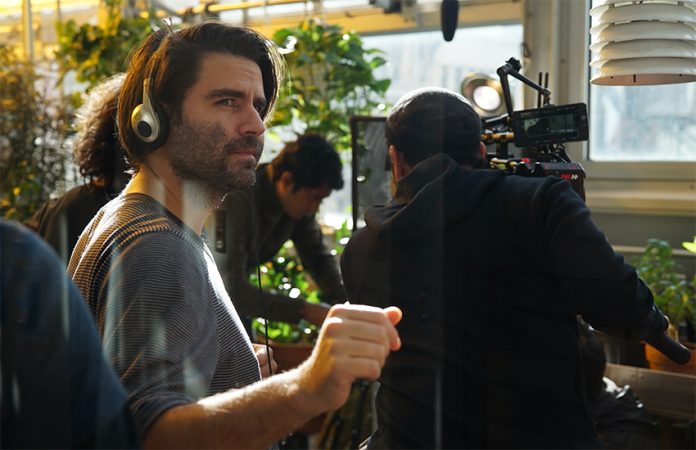In a forest in Michoacán, two young children, Mendel and Simon, walk past towering colonies of monarch butterflies that have completed their epic migration from Canada. Each colony has a different shape. One colony, Mendel says, looks like a bear. His brother Simon replies that it looks more like a hanged man.
Fraternal dynamics and the monarch butterfly migration are two of the themes in a new, ambitious feature film, Hijo de monarcas or Son of Monarchs by French-Venezuelan director Alexis Gambis.
The film has been making several successful United States festival showings in 2021, among them Sundance in January, where it won the Alfred P. Sloan 2021 feature film prize; the Seattle International Film Festival in April, where it won the grand jury prize for new American cinema and at the Atlanta Film Festival and Milwaukee Film Festival in May.
“In every film I make, an animal is kind of the centerpiece,” Gambis said. “In this case, I was really interested in the monarch butterfly migration from Canada to the U.S. arriving in Mexico. They have multiple identities.
“The butterflies are both a scientific curiosity and also a spiritual one, linked to politics because of everything happening at the border.”
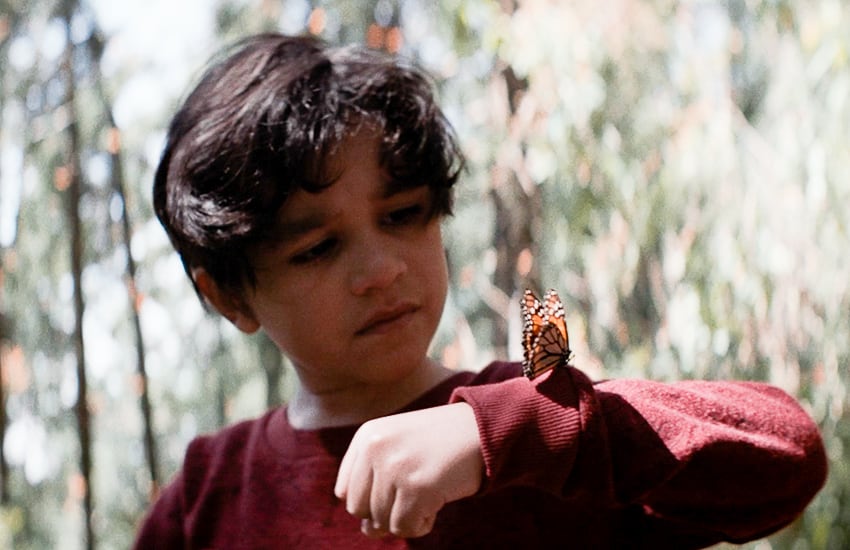
The film interweaves the monarchs’ story with Mendel’s narrative. The character is played by Mexican actor Tenoch Huerta Mejía (Narcos: Mexico). The child version of the character emulates his namesake, Gregor Mendel, the founder of genetics, by becoming a biologist in present-day New York.
“Working with Tenoch was unbelievable,” Gambis said. “He is very interested in science.”
So is Gambis. A trained biologist, Gambis went on to become a filmmaker, creating several shorts in Mexico. Son of Monarchs premiered at the Morelia International Film Festival in the fall of 2020.
This November, around the time of the monarchs’ arrival in Mexico, the director said the film will be distributed in the U.S. on a yet-to-be-disclosed streaming platform.
“Science is a big part of our lives right now because of the pandemic, the virus,” Gambis said. “Everybody realizes the importance of science and research.”
In the film, Mendel works in a lab to influence the genetics of the very monarch butterflies he grew up admiring, through the game-changing gene editing technology called CRISPR. Meanwhile, he increasingly feels the influence of his Mexican heritage, especially after his beloved grandmother Rosa dies and he returns to Michoacán for her funeral.
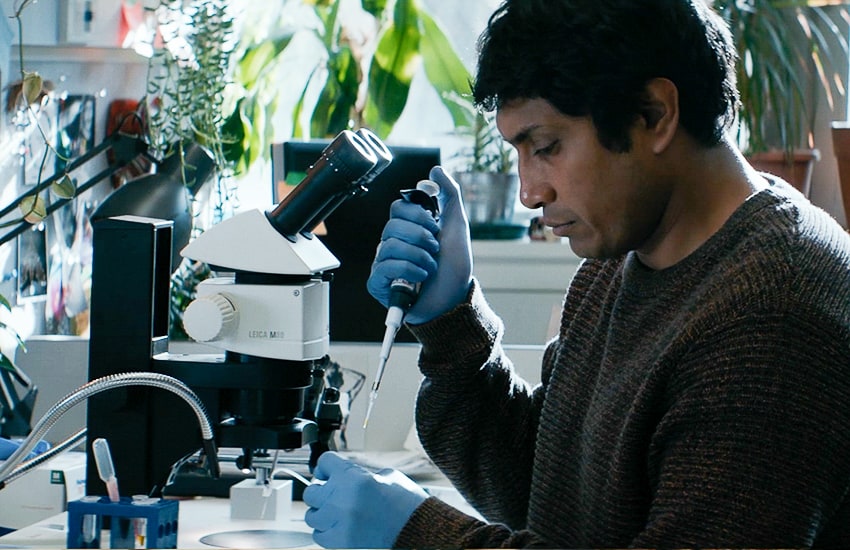
“I couldn’t ask for a better partner in crime [than Huerta] for this picture,” Gambis said. “There’s a really powerful way he depicts being an immigrant trying to figure out his path in the world.”
That path begins in Michoacán, with scenes filmed in multiple locations in the state, including the Monarch Butterfly Biosphere Reserve, where Gambis received a permit to film the butterfly colonies.
He had to arrive early in the morning and could only use natural light for shooting.
“It was a very stunning experience,” he said, “millions of butterflies having come from different parts of the U.S. and Canada, all arriving in the area. It was magical.”
He also filmed in the town of Angangueo, a key destination for the insects’ migration, where children honor the annual event by dressing up as monarchs for school plays. The monarchs normally arrive at the beginning of Día de los Muertos [Day of the Dead]. The holiday is beautifully recreated in the film in a scene that took all day to shoot.
“We had a special Mexican crew involved in all the production of everything that goes with El Día de los Muertos, from cempasúchil [Mexican marigold] flowers to building monuments,” Gambis said. “It was quite a remarkable day.”
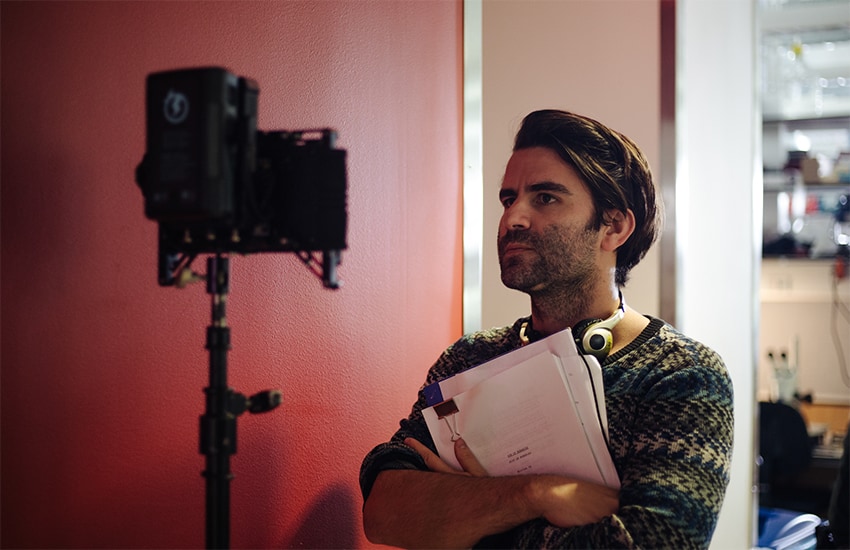
Overall he calls it “a film about Michoacán, a love message to Michoacán.” Yet there is also pain in the film caused by a tragedy that estranges Mendel from Simon and causes him to leave Michoacán for a science career in New York.
Gambis describes Mendel’s lab as “a place of refuge. When he is not well, when he needs space, he goes to the lab.”
There, he works with CRISPR, using it to alter the color and pattern of butterflies. The film features lab footage shown from New York University with real-life scientists.
“What’s amazing about CRISPR is it’s a new, high-precision tool that allows us to understand our genetic identity,” Gambis said. “It’s microscopic scissors that do a very, very precise type of editing, both very promising and very scary if it’s in the hands of the wrong people.”
In the film, Mendel starts thinking along a more metaphysical plane. His girlfriend, Sarah, is a human-rights lawyer with a unique hobby, taking trapeze lessons. Watching Sarah in class, Mendel starts thinking about how butterflies use flight to transcend borders.
“Monarch butterflies fly over any border,” Gambis noted. “During [the debate over] DACA repeal [the Deferred Action for Childhood Arrivals immigration policy in the U.S.], monarch butterfly signs were put up: ‘Everybody is a monarch butterfly; we all have the right to migrate.’”
![]()
The character of Mendel is played by Mexican actor Tenoch Huerta Mejía, who recently appeared in the TV series Narcos: Mexico.Mendel also recalls his abuela (grandmother) teaching him about another insect, la gran cochineal. He explores incorporating monarch pigment into himself through butterfly-wing-pattern tattoos.
“The idea of him becoming a butterfly, I was always fascinated with. There are elements of magical realism, and a blend of science fiction also,” Gambis said, although he explained that it was a conversation with a real-life butterfly scientist that gave the idea further shape.
Gambis is concerned with the monarch butterflies’ situation. Their population has gone down around 80% over the last 10 years, he said. “Everybody’s fascinated with butterflies,” he said, but “not at the attention of other endangered species. They’re an insect. We don’t spend so much [time on them].”
Gambis identified “multiple issues” monarchs face on their 3,000-mile migration route from Canada and the U.S. to Mexico. In Mexico, he said, there is deforestation and mining, and “all the contaminants of mines that affect the forests.”
And, Gambis said, “climate change affects the migration. They used to arrive on Day of the Dead, right on the day. Because of climate change, there have been changes, breaks with tradition. They don’t arrive exactly in early November but [now] in the middle of November.” He also cited a big snowstorm a few years ago where all the butterflies became frozen and “everything happening around Michoacán, the violence.”
When Mendel returns to Michoacán for his grandmother’s funeral, he sees how the area has changed. He grimly predicts that the land will become a desert and is worried about the mining industry, which employs his brother Simon. He mentions the devastating snowstorm in a voiceover.
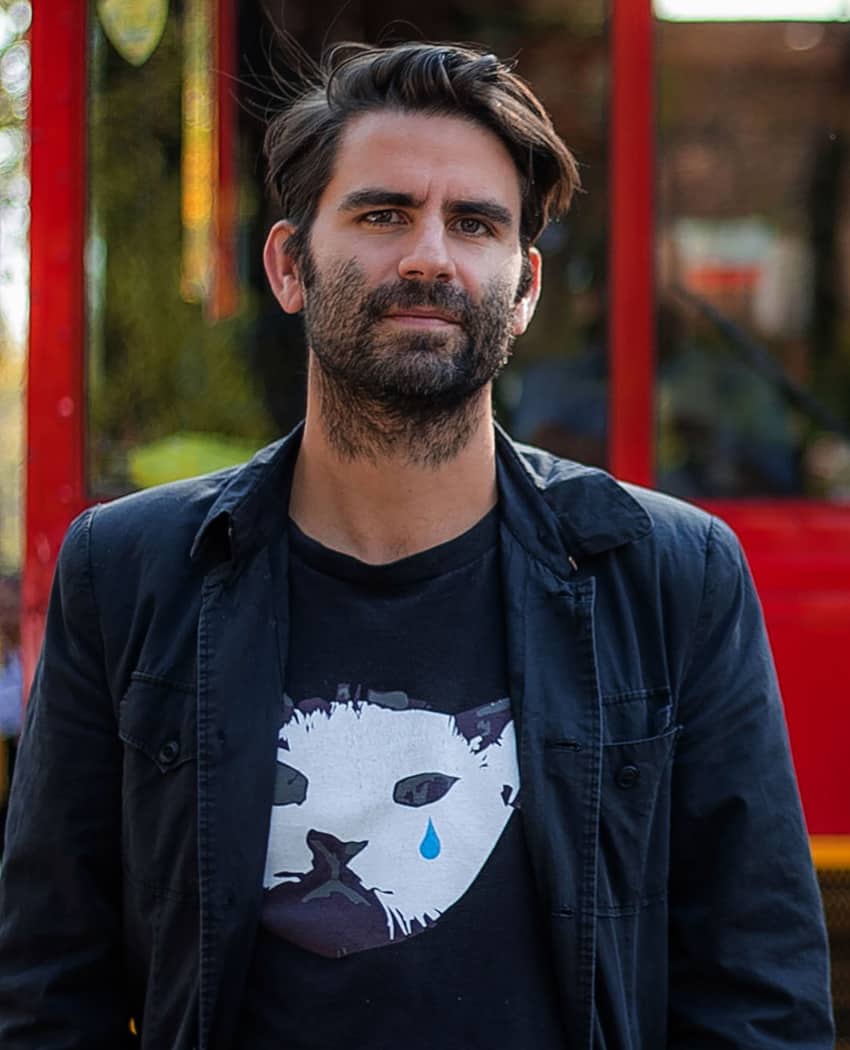
Yet there are also scenes involving more hopeful messages, including one with Mendel and Sarah and the monarchs, all having reached their destination.
“[Mendel is] returning to his roots, talking about how, in the last voiceover, for centuries people have been migrating,” Gambis said. “There’s a story about elders trying to join the younger generation. They would rest at the bottom of trees. The branches lowered themselves and said, ‘I will help you reach your destination by turning you into butterflies.’”
Rich Tenorio is a frequent contributor to Mexico News Daily.
